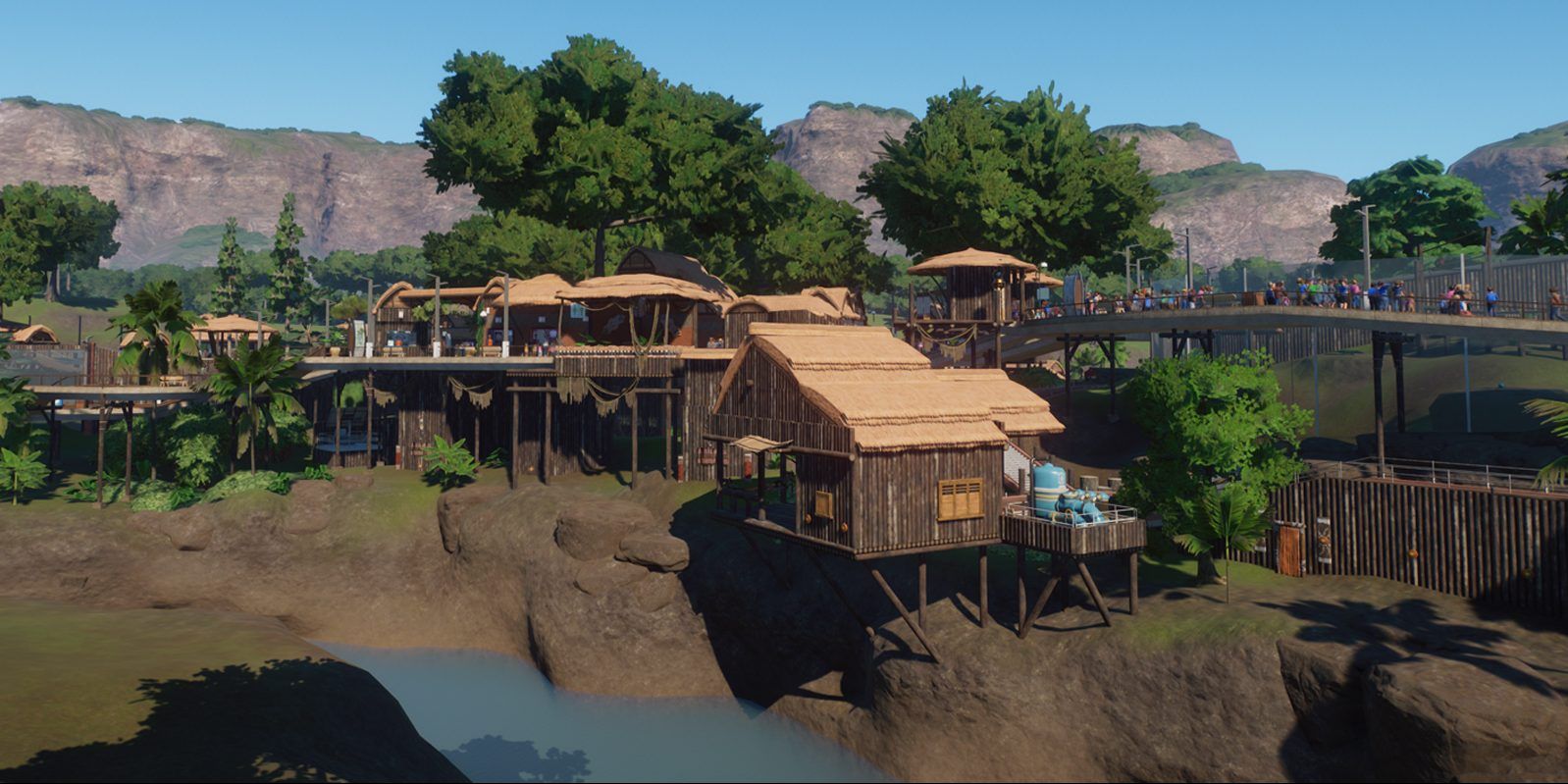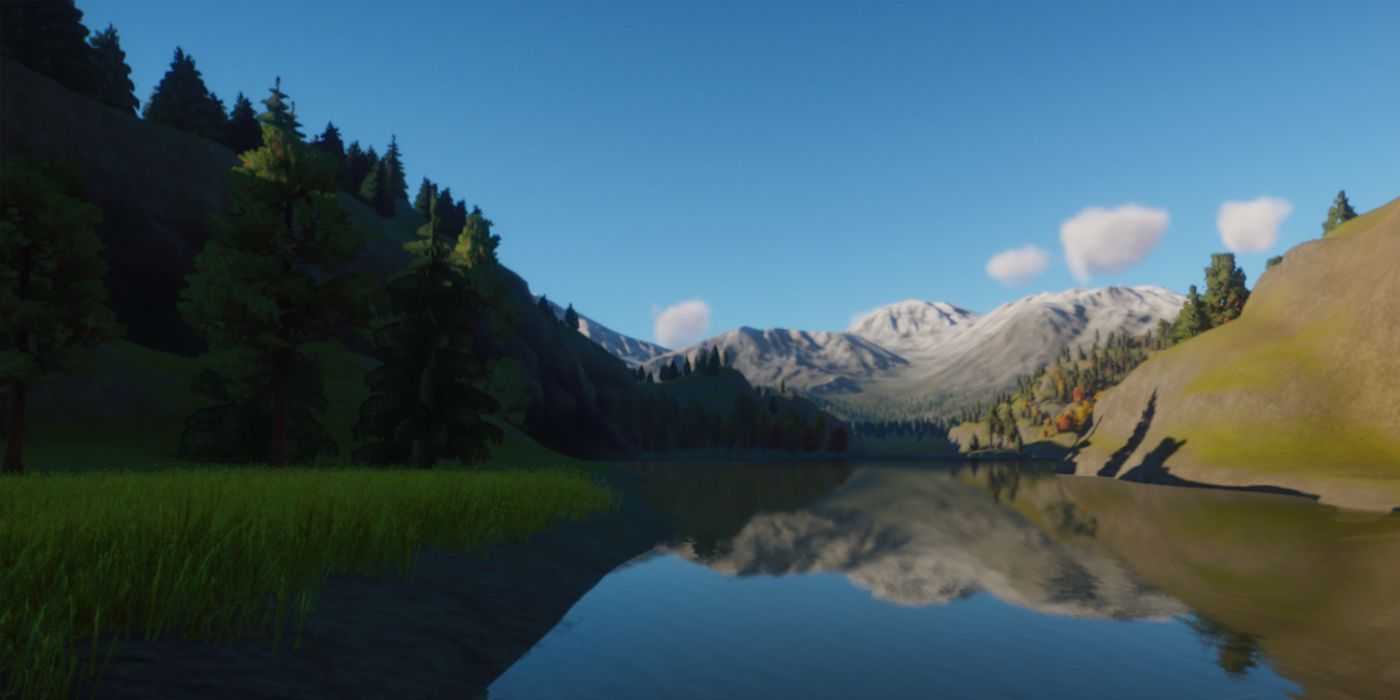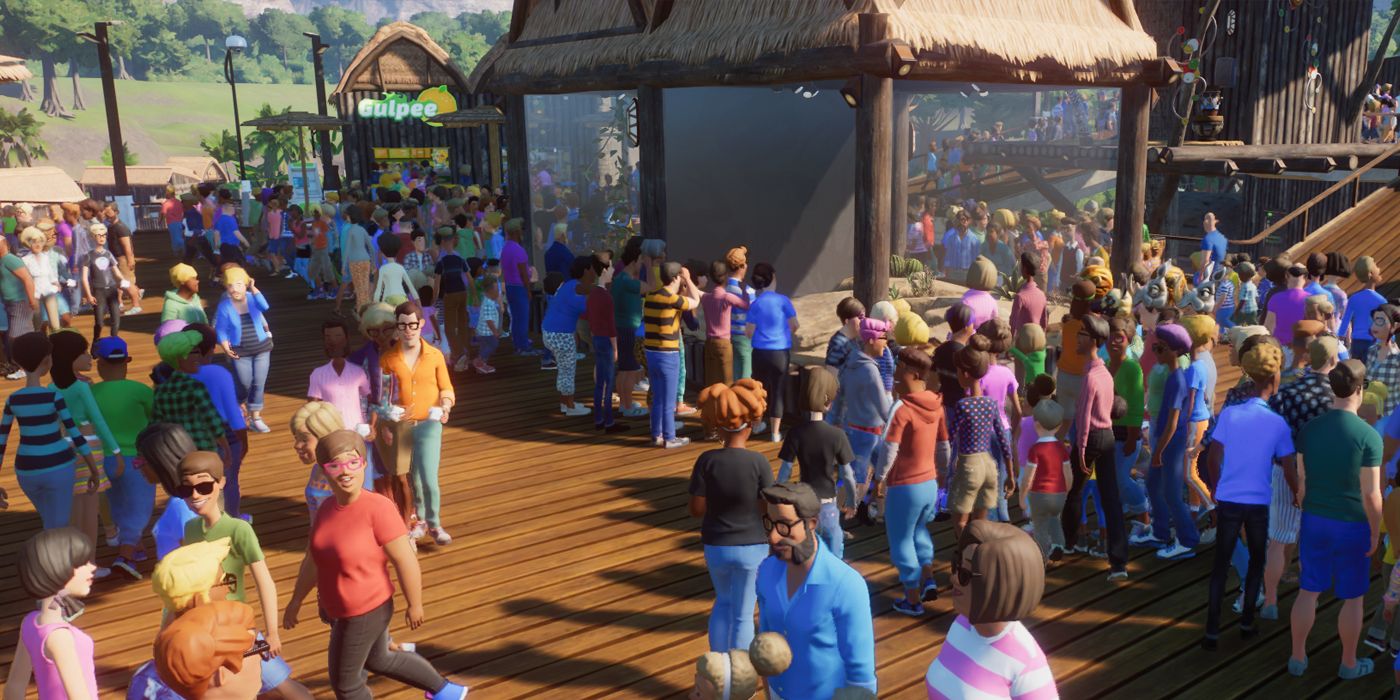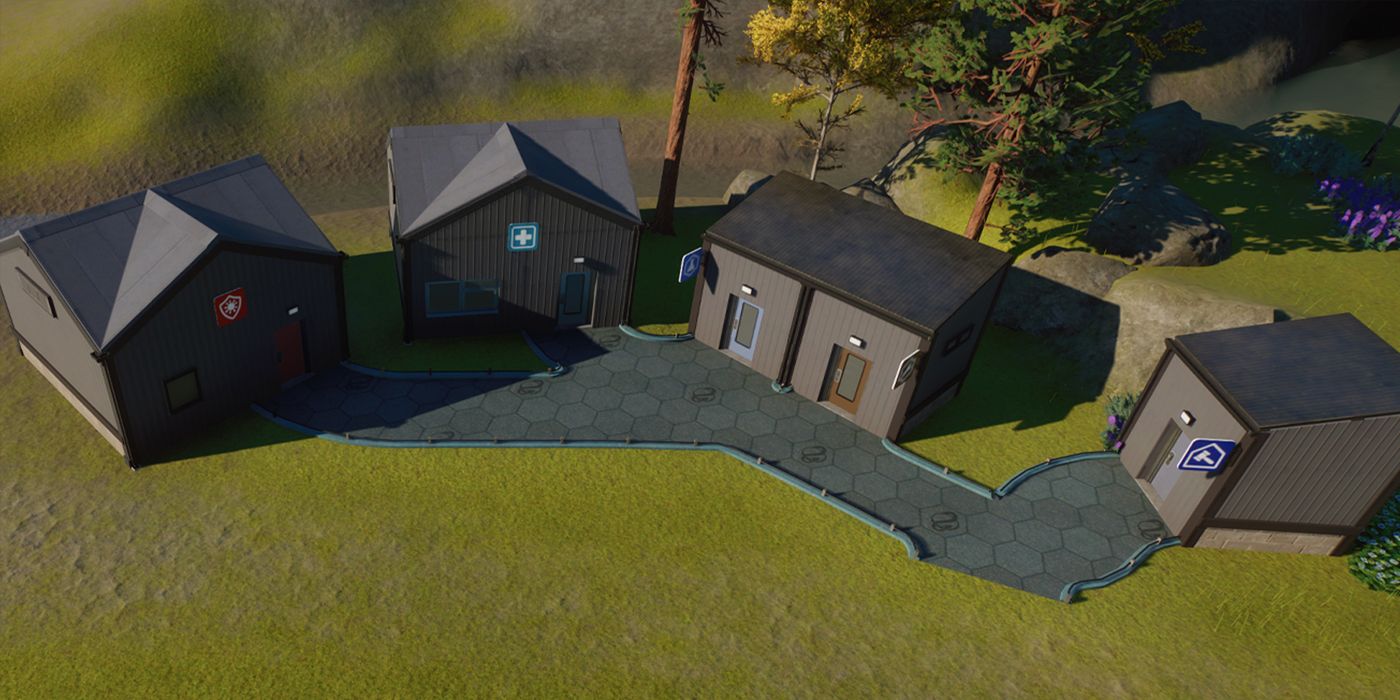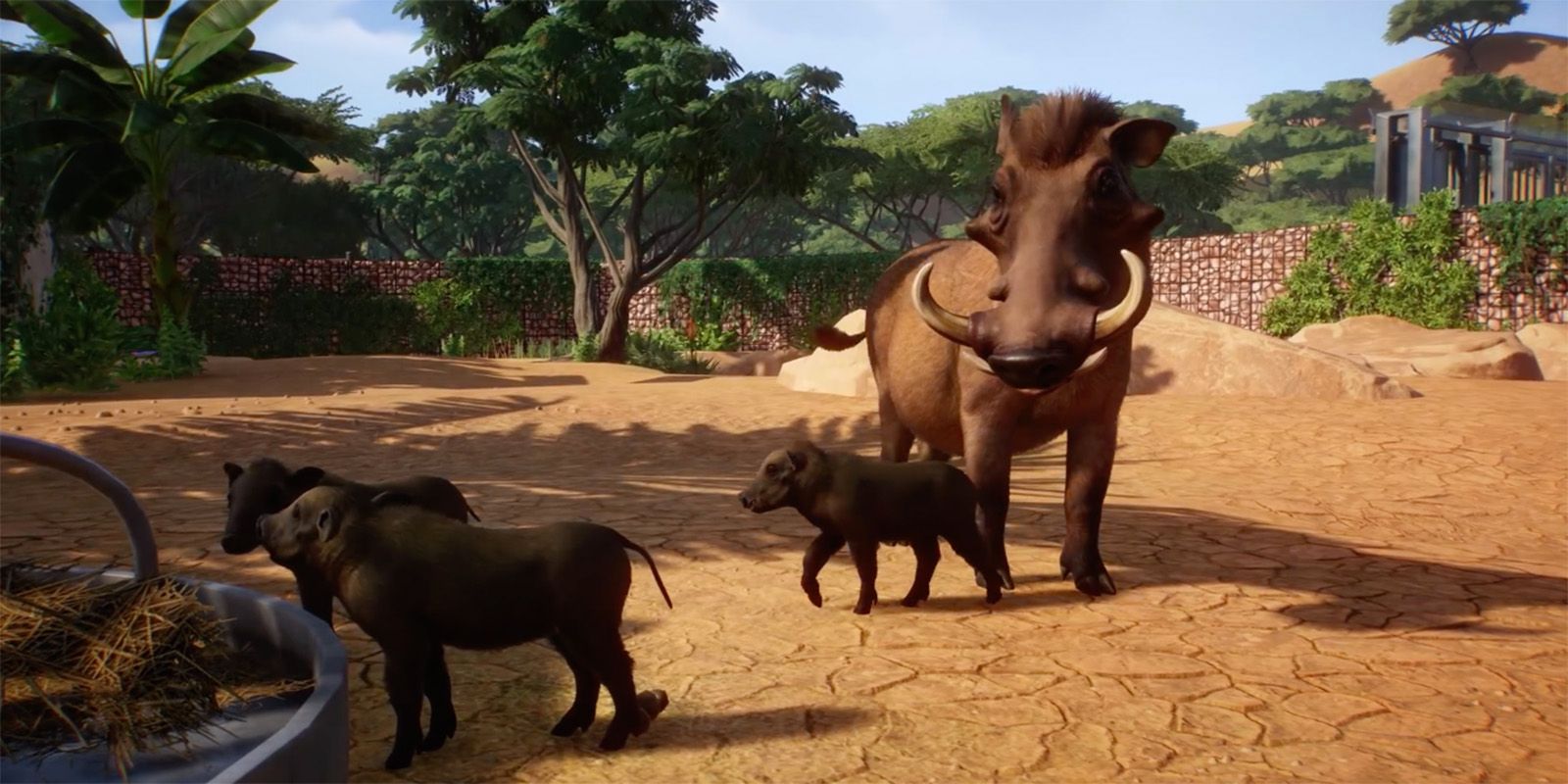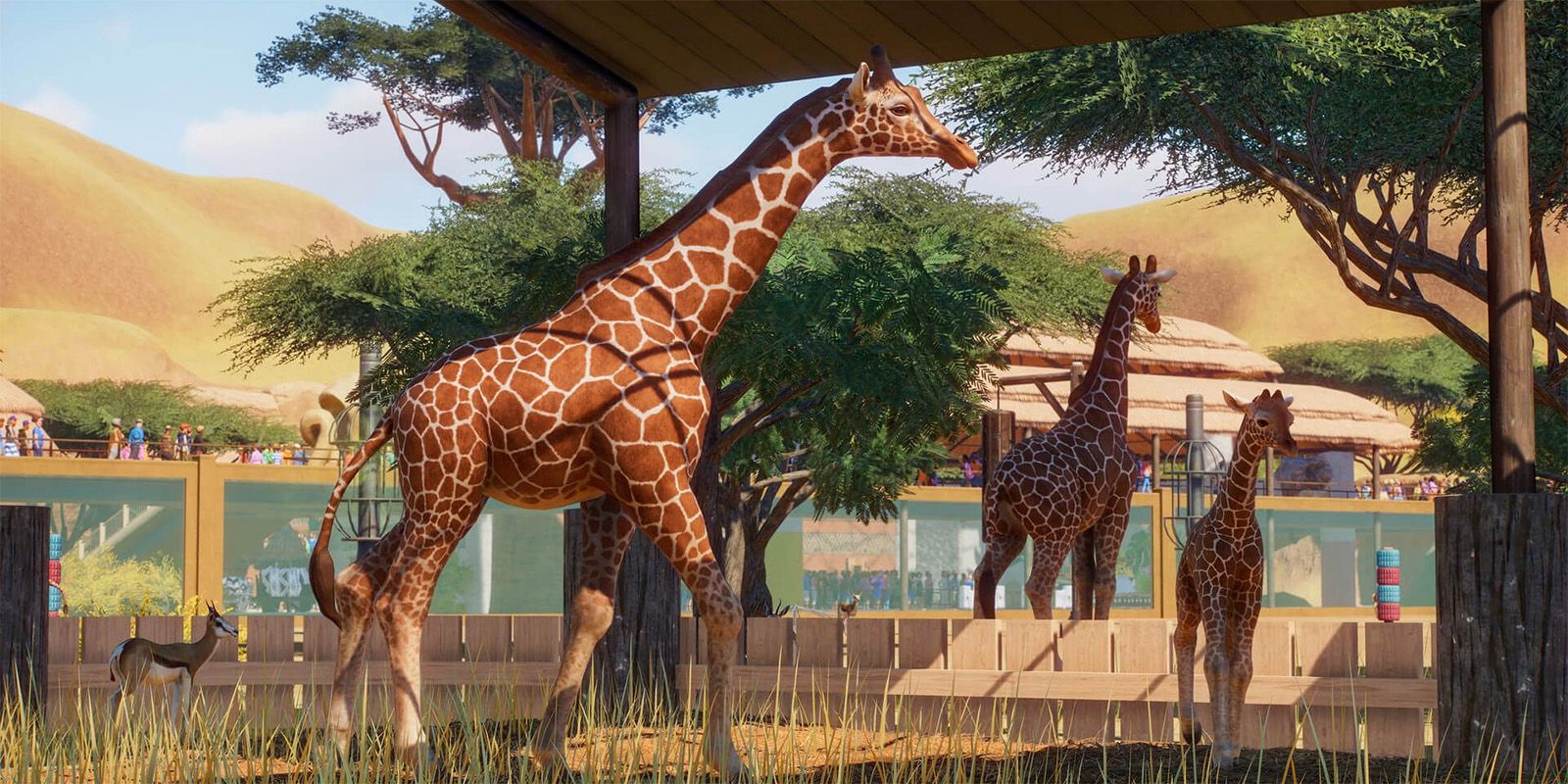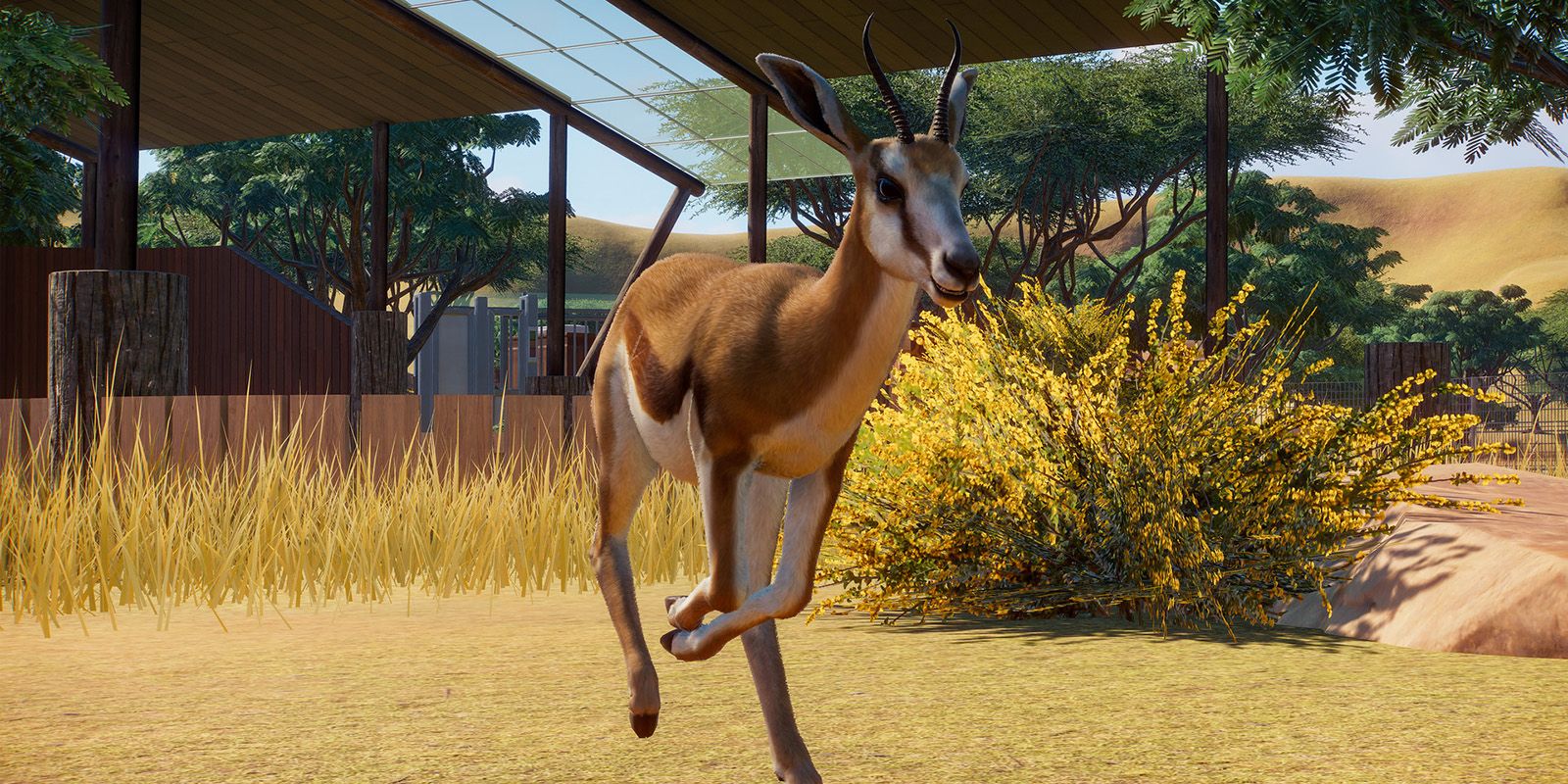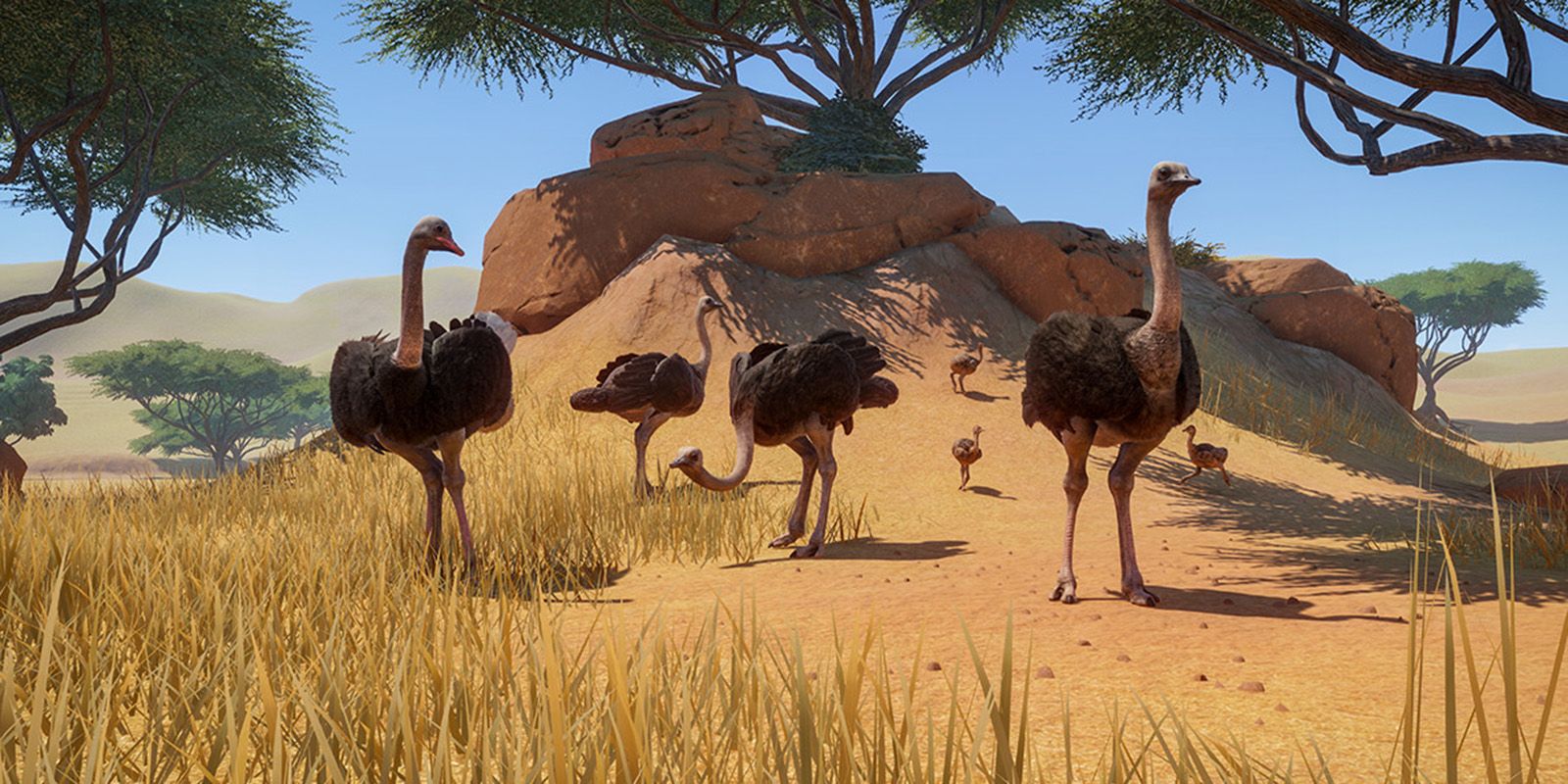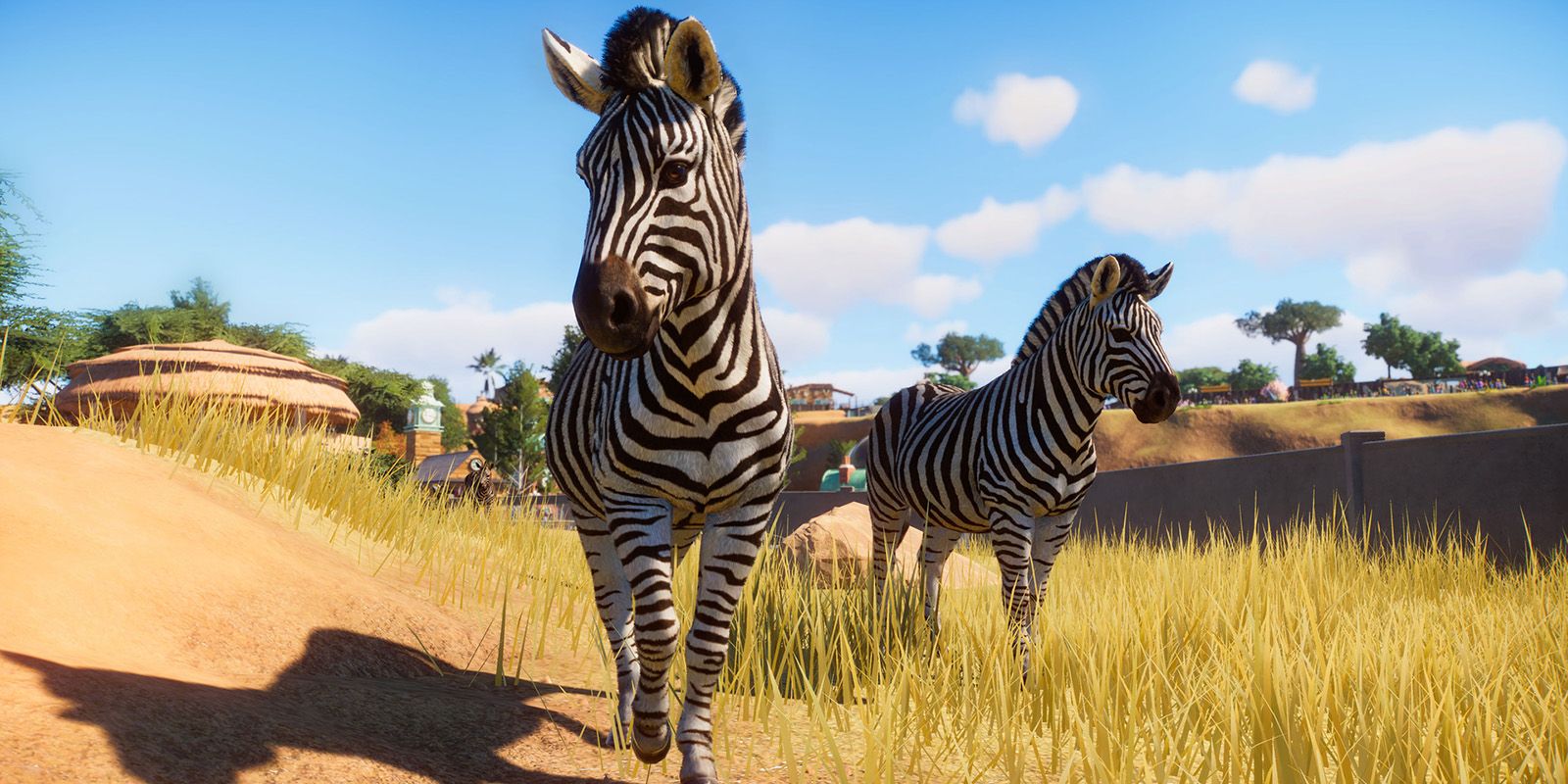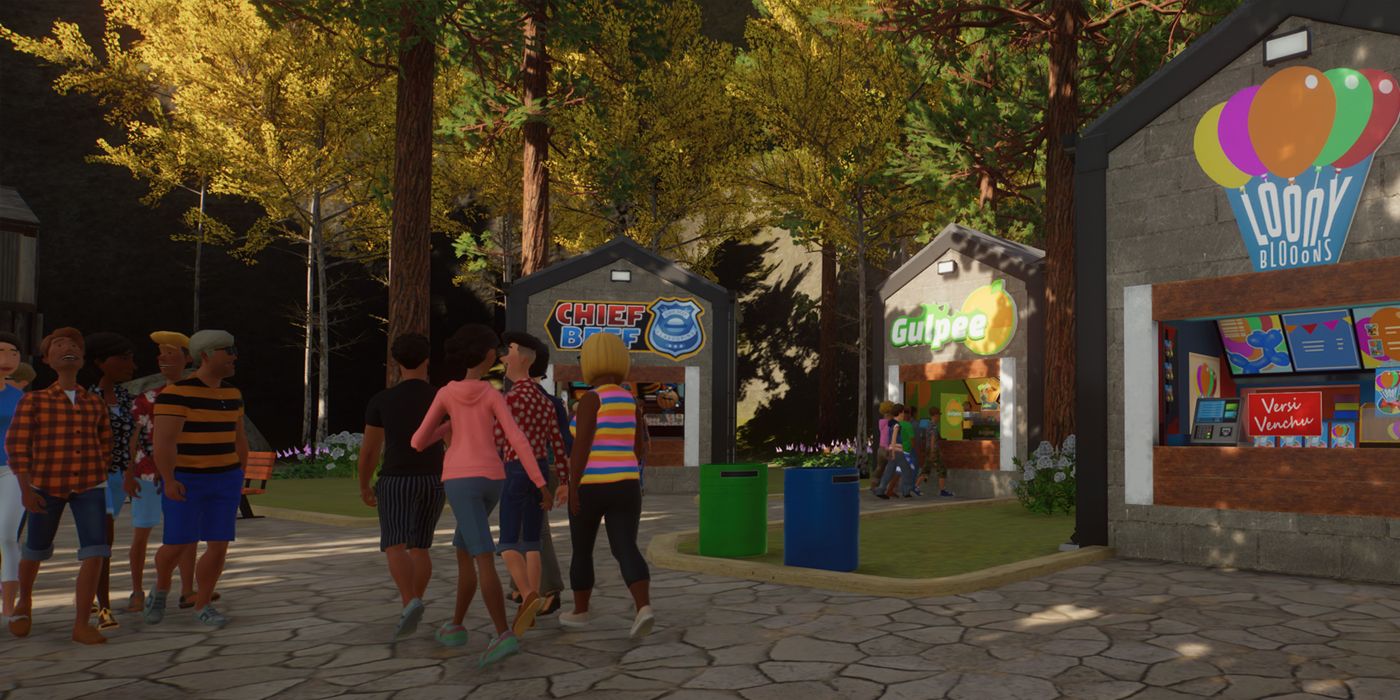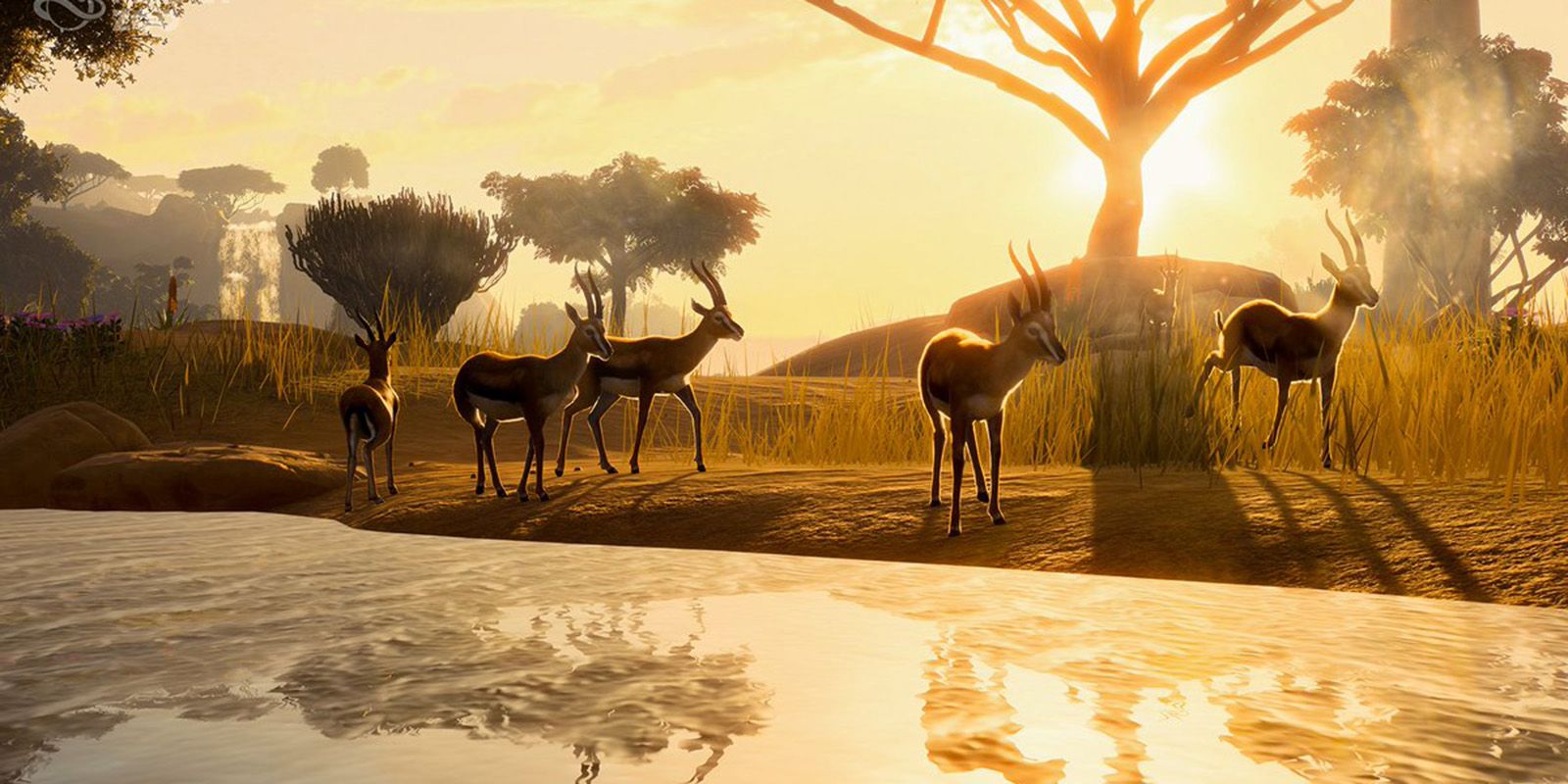Frontier's zoo simulation game, Planet Zoo, offers a number of different ways to play. One of these is its challenge mode. This game mode allows the player to create a zoo from scratch, all while offline. Not only does this mean you don't need a stable internet connection to play, but your animal market is not dependent on other players, unlike in franchise mode. While you cannot complete community challenges, there are advantages to challenge mode and mostly it contains the same features as franchise mode.
It is flexible and fun, with access to a full economy and management options as well as personal challenges that you can change. However, it can feel overwhelming at times, especially to new players. If you want to begin creating your own zoos but have no idea where to start then this article is for you as we take a look at the first 10 things you need to do when starting a brand new zoo in Planet Zoo's challenge mode.
10 Choose Your Location
When you begin the first thing you need to do is choose your location. You can choose the climate first and based on this you can then select a geographical location. The climate will affect the overall weather of the zoo and animals suited to that climate will be easier to accommodate.
If you've completed the career mode you can also choose to use the basic zoos from these levels as a starting point for your own. They appear as they first do in their career mode level and you can expand them based on your own requirements.
9 Think About The Guests
Before you build anything at all, a good idea is to roughly plan out the main pathway for your guests to navigate the beginnings of your zoo.
Guests will complain if they need to walk near utility buildings, so bear this in mind. The buildings have a circular area around them which is considered unsightly, regardless of any decorations that may be in it. Therefore planning some areas off the main path in which to put them helps avoid issues later on.
8 Begin With The Basics
The very first thing you need is a basic infrastructure of utility buildings to allow the zoo to function properly. On the menu to the left of your screen, you'll see a staff notification list. This will tell you exactly which buildings you need.
It's a good idea to group together the core buildings you need only one of initially, such as an animal center and quarantine. You can then also group together the keeper huts and staff facilities as you'll want these spread out around the zoo, close to groups of exhibits.
A great way to place keeper huts is at a central hub, with exhibits surrounding them and a staff path leading out to the main zoo. This helps avoid the guests complaining.
7 Choose Your First Animal
Once the facilities are in place then you can build your first exhibit. When deciding what animal to adopt check out its details. Certain animals are more desirable in the eyes of guests but these come with a cost. Another thing to look out for is space as the space requirements vary hugely as does the amount of care animals require.
An expensive animal that requires a large enclosure and is high maintenance will be costly and can lead to issues if built before you have a solid income stream. Small, easy to care for animals like warthogs, ostriches or tortoises made solid choices for starting out.
6 Quarantine Animals Before Introduction Into Groups
When animals come from the marketplace there is a chance that they can come carrying diseases. If this happens illness can spread very fast throughout the enclosure, resulting in several sick animals that need treatment fast.
To help prevent this you can send animals to quarantine while you build your enclosure. Anything incubating will be cured and then you can safely introduce them to their new habitat. Quarantine is especially important if you are introducing extra animals into an existing population to balance its numbers.
5 Check Enclosure Requirements
Every animal will have different enclosure requirements. The one you need to pay the most attention to initially is how much space an animal needs and what type and height of fencing are required.
By building to or just above the basic requirements, you can save money while still keeping your animals happy. It's all about balance and exhibits can be adjusted later if you build carefully.
You should bear in mind though that if you're breeding animals they will require more space as their number increases. You'll need to accommodate this or sell offspring immediately to keep happiness high.
4 Start Researching
Research is important and there are two kinds. The first is specific to animals. Once you start adopting you can research the animals you have in order to find enrichment items and other specific objects that will keep them happy. Vets can also research diseases, enabling them to be cured more effectively.
The other form of research involves researching new shops, fencing, and facilities, allowing you to provide a more varied range of facilities for guests, staff, and animals. Bear in mind that research takes staff out of action so you will need to balance this with the needs of the zoo.
3 Take Donations
Don't forget to place donation tubs near your animal exhibits. You can make a large amount of money from donation tubs so place them close to where guests congregate. This will be important as you need to maximize income in order to expand.
A good tip is to add animal education boards to each enclosure and then place a donation bin close by, so guests are more likely to put their hands in their pockets while they read more about your animals.
2 Don't Forget Guest Facilities
As well as looking after your animals, you also need to look after your guests. They will need facilities such as an information kiosk and toilets, as well as food and drink stalls. Other additions such as first aid stands and gift shops can also increase guest satisfaction and spend.
Food, drink and toilet facilities should be spread liberally throughout the zoo. You'll also need to ensure you have enough vendors to cover them as, otherwise, stalls will close when staff go on rest breaks.
1 Take Your Time
The very best advice is to take your time building your zoo. If you try to build too much at once you will quickly run out of money. In Planet Zoo the game functions much more like an actual zoo and this means that it costs to keep your animals happy.
Running costs will eat into your capital to begin with and you need to allow for this by slowly building up to bigger and more expensive exhibits.
Donations and selling animals you've bred are great ways to boost park income in the early days, as are gift stalls. Use these wisely and your zoo may expand slower but it won't plunge into debt.




